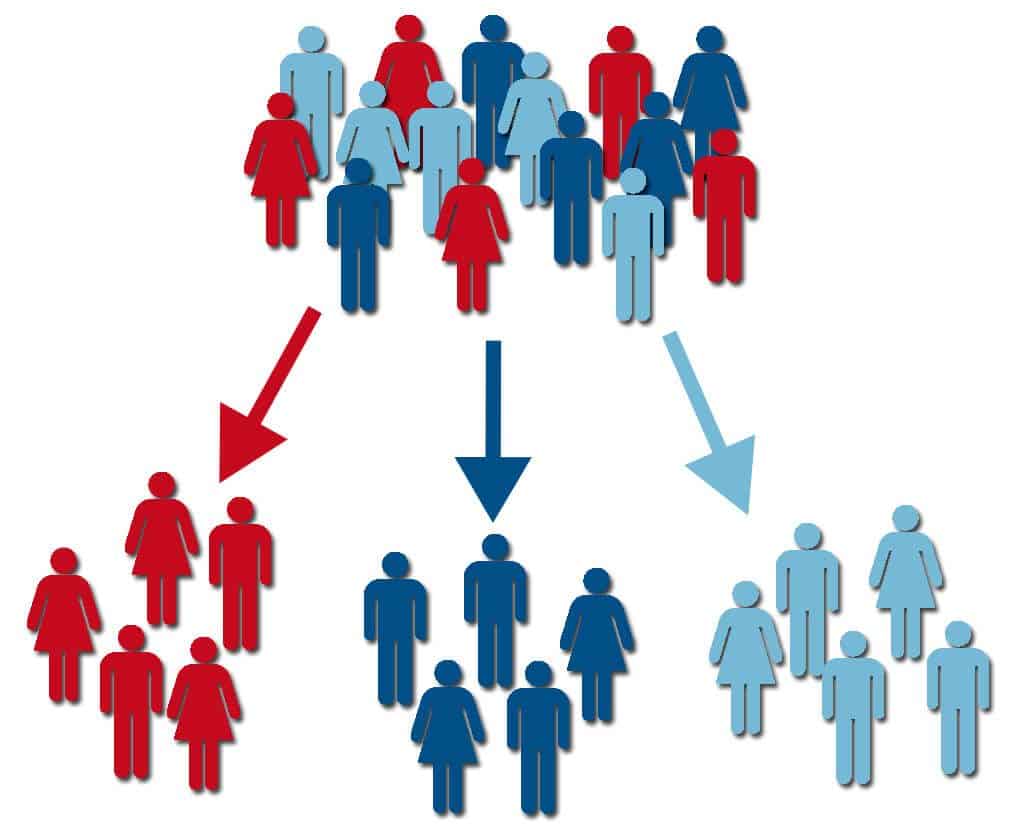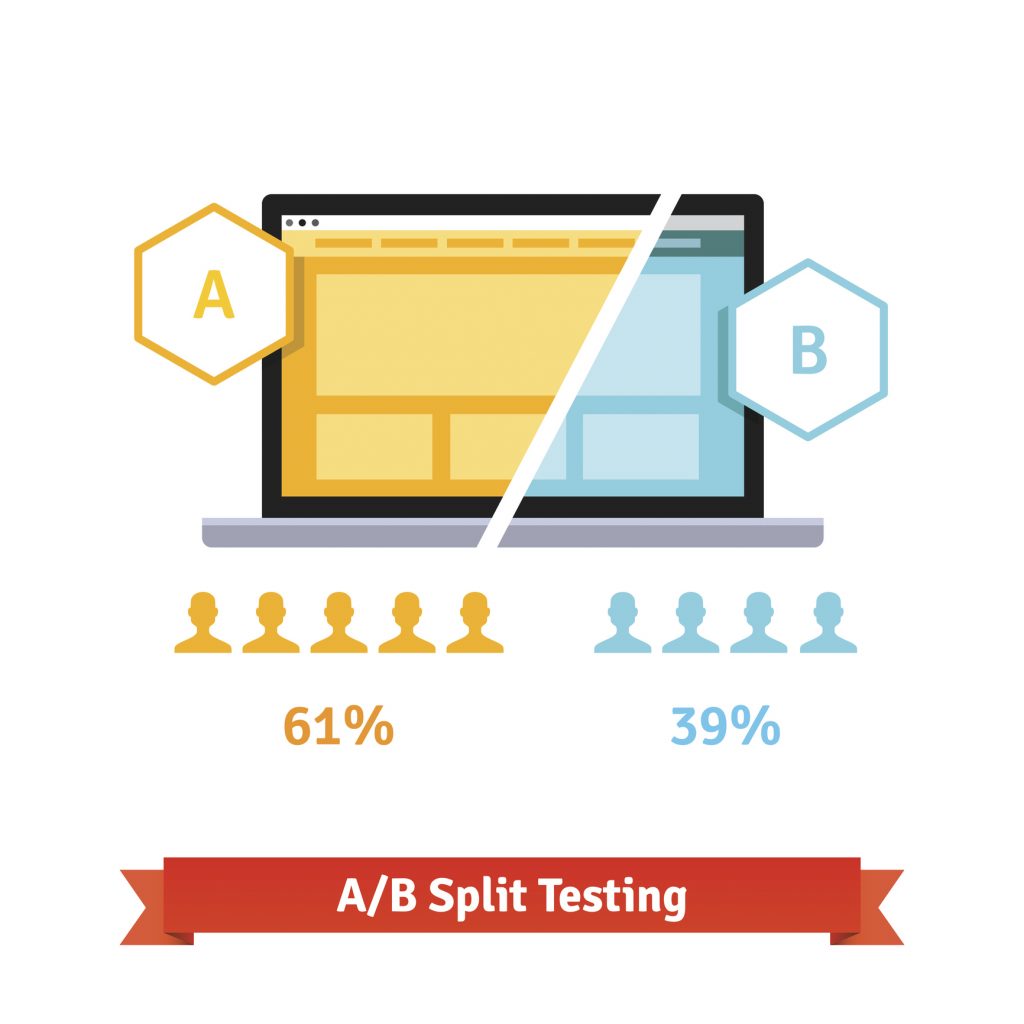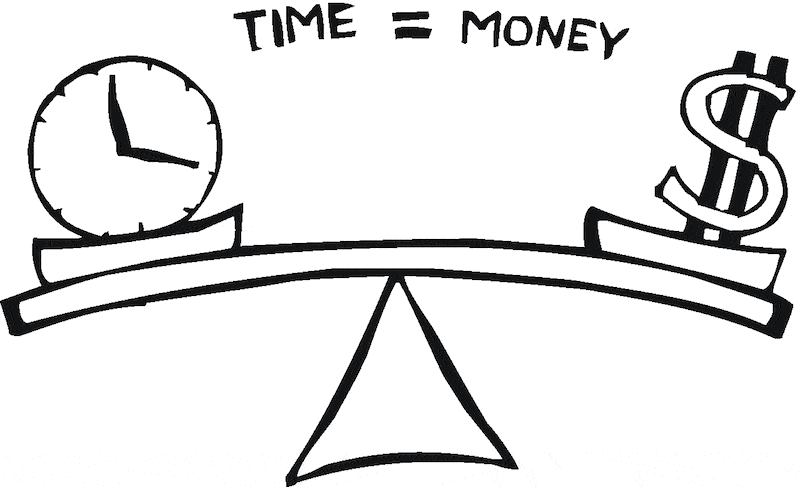
The internet is brimming with ad tech opportunities. It is like a warped, Salvador Dali-designed, spellbound fever dream where anything can happen. The Internet is becoming more of a digital domain of social life than a simple search tool it once was.
In many ways, the ascension of social media and its rapid takeover of the internet was a blessing. It opened a Pandora’s Box of opportunities. Just think about it—right now people spend one of every five minutes checking their social media accounts and scrolling down news feeds.
The rise of Facebook, and other social media networks, started a revolutionary type of advertising, social media advertising. Over the years, certain advertising techniques had been developed. Some of them came and went, but some had proven to be the real deal. The most effective of them is ad retargeting. Why? Because instead of shoving your products down customers’ throats by littering various ads all over the place, retargeting ads track and show customers products they are interested in.
5 Ways to Improve Your Retargeting Plan
There are three prime retargeting objectives:
- Increase brand awareness through a multi-channel presence and personalized ad content.
- Convert awareness into interest to gain sales and revenue.
- Expand the market by combining awareness and sales conversion results.
However, it is not easy to reach these objectives. There are more bumps in the road than you think, and you need to be prepared for the coming challenges. Here are several ways you can develop an effective ad retargeting plan and boost conversion to the moon and beyond.

1. Segment the Audience
The first thing you need to do before starting an ad campaign is segment your audience. You say “Captain Obvious!” I say “Hell yeah! Double down!”
Facebook, like any other social network, gathers a lot of customer data. It records every customer’s action both in Facebook and outside of Facebook. You can then use Facebook’s data to segment your audience into subgroups, including demographics, customer interactions, likes and shares, and the following criteria below.
- Referring sites from where the customer came from
- Overall journey (customer experience) on site, including mouse cursor movement
- Events (scrolls, clicks, highlights, media views, etc.)
- Search queries
- Time of session
- Behavior on site:
- Contextual and thematic preferences to certain topics and pages
- Various interactions with the page’s content (downloads, etc.)
- Transitions to other places through links and ads
- Customer’s gear (browser, adblock, etc.)
- Interaction with ad content
The benefit of segmentation is precision. You will create ads that will reflect customers’ preferences and satisfy their needs.

2. Determine the Most Effective Ads
With an audience studied and segmented, you can create ads. At first, the results will be middling, but that is all right. It is part of the plan. At the start of the campaign, you are interested not in instant conversions but in determining the most effective ads and messages for every audience segment. Different ads work well for different purposes. For example, right column ads can be very effective for building brand presence and increasing brand awareness while in-feed ads work well for increasing conversions. Once you determine which ads perform well, continue running those ads.
3. Don’t Be Overbearing
With a target audience locked, you need to gradually deliver the ad. The keyword is “gradually.” The exact frequency depends on the social network and the selected time, but it never goes beyond two or three cycles. Anything bigger than three cycles can be detrimental to the ad campaign.
If you’re overzealous about advertising your products or services, the potential or even already converted customer will be overwhelmed, annoyed, and subsequently resistant to your messages. They may suffer from a phenomenon called “banner blindness,” in which customers are resistant or blind to your ads because of the overabundance of advertisements all over the internet. If they are already interested in your product or service and they get the point of your message, you don’t need to oversell your product.

4. Schedule Ads to Publish at the Right Time
The secret of successful ad retargeting is the same as the secret of a good poem: it is all in the right timing. In order to do that, you need to analyze the peak activity of different segments of your target audience. Then you need to determine the most common hours when the target groups are online. Usually, most users are online in the morning, during lunch time, or late in the evening. Here is a breakdown of each platform and their peak times.
- Facebook: peaks are in the morning and evening.
- Twitter: peaks are late afternoon and the evening.
- Pinterest: peaks are in the evening
- Google+: peaks are in the morning.
Once you know when your audience is online, you can schedule your ads to deliver at the right time. However, there is a challenge—you are not the only one doing that. Consequently, there is big competition for customers’ attention.
5. Have Clear and Reasonable Messages
People don’t like ads. That is a fact, and you have to deal with it. Because of that, it is important to provide a valuable message in your ad. In order to hook the customer, the message must be deemed worthy at first sight. It must be as clear and as specific as possible with an effective call to action. If done right, a call to action can urge customers to take a desirable action.
These are the main ingredients that constitute a great retargeting plan. Although they cannot solve all of your daily chores in one decisive swipe, keeping them in mind can seriously improve the effectiveness of your campaign.
Kim Hailey is a freelance mobile app designer and UX consultant residing in New York. She works with individuals and private business owners, helping them find effective solutions that work for them. Apart from that, she blogs and teaches schoolchildren to code. Get in touch @KimGHailey.
